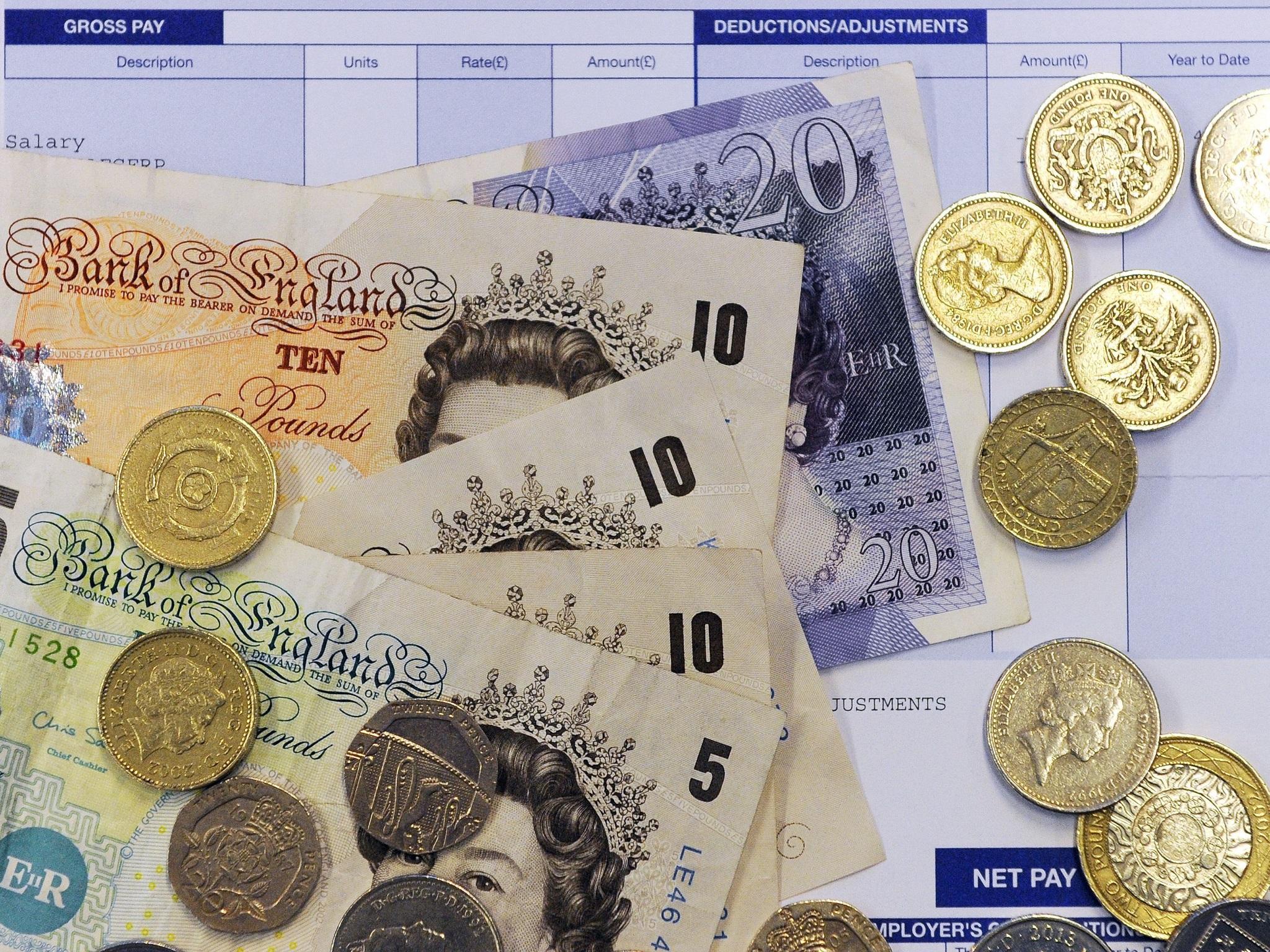UK average wage growth remains below inflation, confirming fall in real incomes
Weekly earnings grew at an annual rate of 2.2 per cent, down from the 2.3 per cent rate in the previous period but below the 3 per cent inflation rate

Wage growth disappointed in the three months to September, confirming that real wages are still falling. This shows that the pick-up in earnings expected by the Bank of England has still not materialised.
Weekly earnings grew at an annual rate of 2.2 per cent, down from the 2.3 per cent rate in the previous period, the Office for National Statistics (ONS) reported on Tuesday.
The inflation rate in September, by contrast, was 3 per cent, showing that after adjusting for the rising cost of living, pay packets are still shrinking.
Real wages still falling
The latest ONS data also suggested that the job market may finally be cooling after many months of strong growth.
The numbers in employment fell slightly for the first time in two years, by 14,000 down to 32 million, and the inactivity rate increased from 21.3 per cent to 21.6 per cent. The official jobless rate was steady at 4.3 per cent.
Employment down
The Bank of England raised interest rates last week for the first time in a decade, citing “some signs that wage demand pressures have increased”.
However, two members of the Bank’s nine-person Monetary Policy Committee, Sir Dave Ramsden and Sir Jon Cunliffe, voted against an increase in the cost of borrowing, saying that there was insufficient evidence of wages picking up.
“A central pillar of the Bank’s outlook is that wage growth will pick up strongly next year, amongst other reasons, because of the strength in the jobs market,” said James Smith of ING.
“However, with Brexit and political uncertainty elevated and broader economic growth slowing, we think wage growth may not pick up quite as sharply. For that reason, we expect the Bank to continue to take a cautious approach to further interest rate hikes.”
There was better news on productivity from the ONS, with an estimate from the statistics agency that UK output per hour increased by 0.9 per cent in the third quarter of 2017, as hours worked fell 0.5 per cent and GDP rose 0.4 per cent over the same period. It was the fastest rate of quarterly productivity growth seen since 2011.
However, the annual rate of productivity growth was still only 0.6 per cent, reflecting steep falls over the first half of 2017.
“The medium-term picture continues to be one of productivity growing, but at a much slower rate than seen before the financial crisis,” said Philip Wales of the ONS.
The Office for Budget Responsibility has signalled that it will slash its productivity growth forecasts at next week’s Budget, curbing the outlook for the UK’s GDP growth and worsening the outlook for the public finances over the coming years.
Subscribe to Independent Premium to bookmark this article
Want to bookmark your favourite articles and stories to read or reference later? Start your Independent Premium subscription today.

Join our commenting forum
Join thought-provoking conversations, follow other Independent readers and see their replies